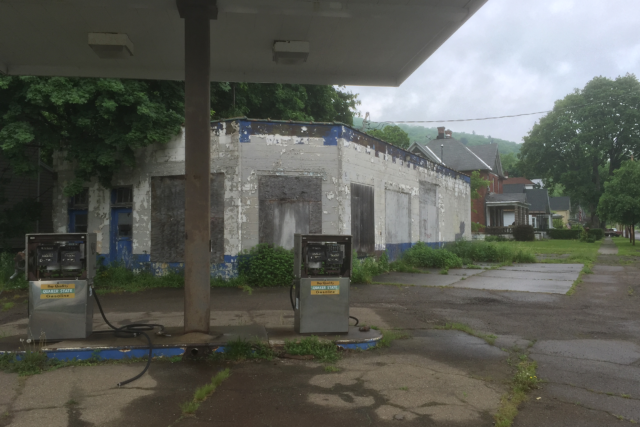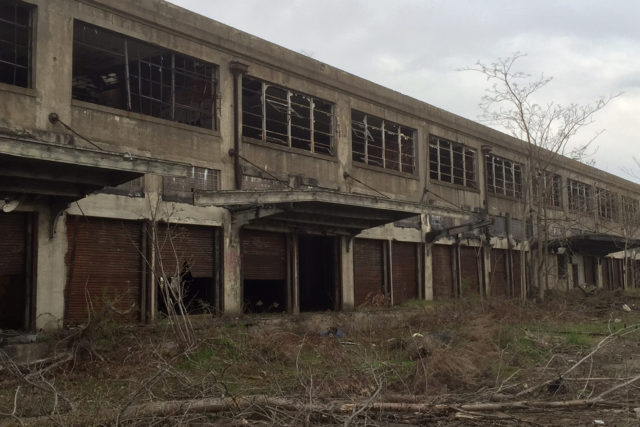Opportunity Zones Will Continue to Be Catalysts for Development in 2020 and Beyond


In discussions with the US EPA, LaBella has been engaged in shaping regulations to make Opportunity Zone programs work for brownfields and other challenging sites.
What Are Opportunity Zones?
Under a new provision created in the Tax Cuts and Jobs Act of 2017, Opportunity Zones (OZs) have been designated in virtually every community where distressed areas of high poverty and low income exist. The overall goal of the OZ program is to encourage long-term private capital investment in low-income urban and rural communities. Investments can be in businesses as well as real estate located in OZs.
Private investors in OZs can secure tax deferrals on capital gains that are invested in OZs and tax exclusion on new capital gains achieved from OZ investments. Investors will be allowed to exclude 10% of invested capital gains from taxation if held for a five-year period in an OZ investment and a 15% exclusion with a seven-year OZ investment. Any gains resulting from a Qualified Opportunity Zone (QOZ) investment held at least ten years are excluded from taxation. Investors must invest in a Qualified Opportunity Zone Fund (QOF) to take advantage of these benefits.
Evaluating the Treasury Department and IRS Proposed OZ Regulations and Guidance
On April 17, 2019, the IRS and Treasury released the second set of proposed OZ regulations. This second set of regulations clarifies some important issues within the OZ program, and appears to address some of the barriers that have prevented financial investment in distressed communities.
For those interested in brownfield redevelopment, the April 17th guidance and proposed regulations have clarified some key issues. Land can qualify as QOZ business property if it is used in the trade or business of the QOZ business or QOF. This clarification may allow costs to remediate soil and groundwater conditions to be included in the substantial improvement basis test for QOZ businesses and QOFs that use the land in the course of operating their business.
The proposed regulations provide rules relating to the OZ “original use” requirement that should benefit tax payers and investors in OZ. If property has been unused or vacant for at least five years, the “original use” in the OZ starts when the property is initially used or placed in service in the OZ. Some commenters had requested that the vacancy test be just one year but the IRS indicated that some may abuse a one year test by shutting down for a year to gain the OZ tax benefits.
Also related to brownfield redevelopment, the IRS and Treasury have asked for comments about whether anti-abuse rules are needed to prevent “land banking” activities by QOFs or OZ businesses, and on possible approaches to prevent such abuse.
Previously on October 29, 2018, the IRS and Treasury Department published the first proposed rules related to the new OZ program. In November 2018, LaBella Associates was invited by the US EPA‘s Office of Brownfields and Land Revitalization (OBLR) to participate in discussions with experts from several fields regarding how brownfields revitalization may be supported by investments in OZs. Specifically, OBLR wanted to explore how QOFs can encourage investment in typical brownfield redevelopment scenarios, and conversely, if the proposed IRS rules raised uncertainties or other barriers to brownfields investments in OZs. The discussions held by OBLR helped identify how such uncertainties or barriers could be addressed through potential modifications to the proposed rules or additional guidance.
LaBella Commented on the October Proposed Regulations and Guidance
In December 2018, LaBella submitted suggested changes to the proposed regulations that would incentivize environmental cleanup and site redevelopment within OZs by clarifying that the costs of environmental cleanup and infrastructure improvements will count toward required investments in physical improvements to OZ properties. These suggested changes would benefit municipalities trying to encourage OZ investment and revitalization, owners of OZ property with environmental impairments, and businesses and developers looking to acquire, cleanup, and redevelop OZ property. LaBella also suggested that additional time should be allowed for improvements to impaired OZ properties in order to allow necessary site preparation work, including environmental cleanup and infrastructure improvement, to be completed.
We’re Tracking and Watching to See What Happens
Recent federal legislative proposals have been introduced that would establish new anti-abuse, project reporting, and measurement requirements to help evaluate the long-term economic impact of the OZs. Another legislative proposal would disqualify OZs with high median family incomes that do not meet the spirit of the law, and a third round of proposed Treasury regulations and guidance is expected to be issued in 2020. LaBella will continue to monitor the federal OZ program, including tracking proposed bills and regulations and meeting with fund managers. We will continue to share what we learn with our municipal clients and advocate for improvements to the OZ program.